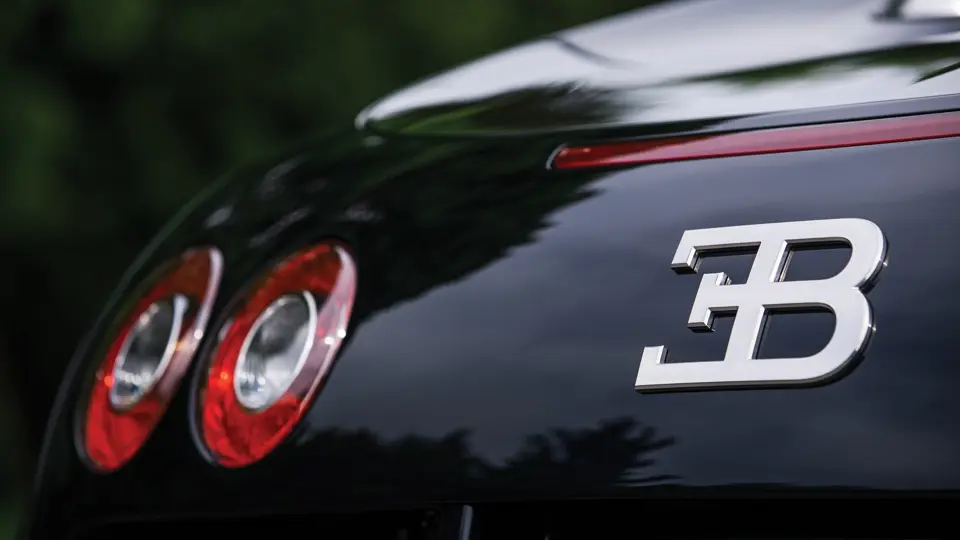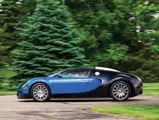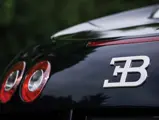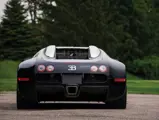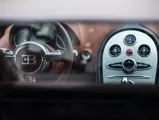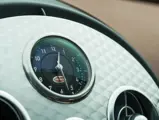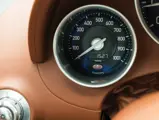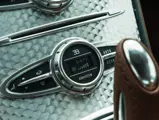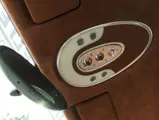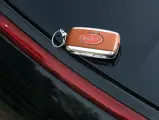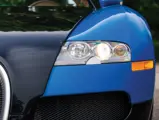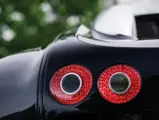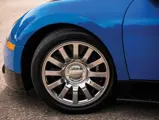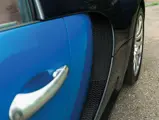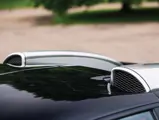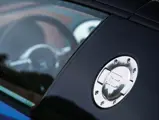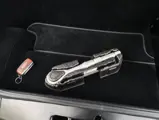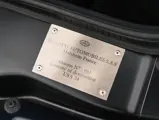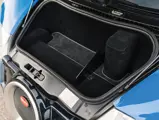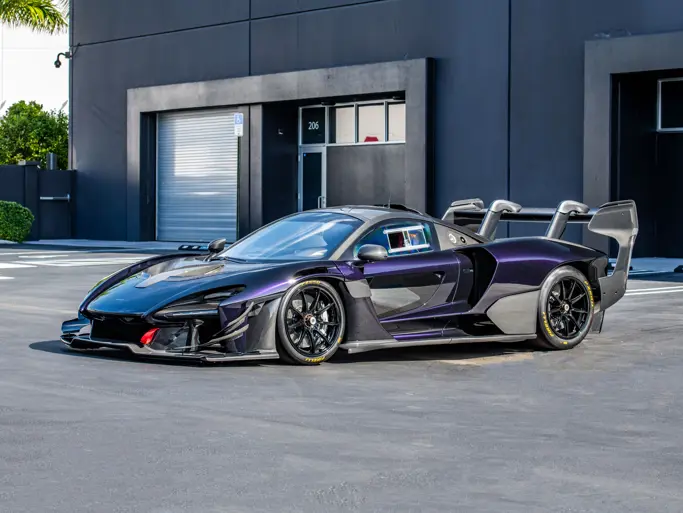
2008 Bugatti Veyron 16.4
{{lr.item.text}}
$1,050,000 USD | Sold
{{bidding.lot.reserveStatusFormatted}}
- Acquired new by and offered from the Lingenfelter Collection
- One of 252 Veyron coupes; 76 U.S.-specification examples
- The original 1,001 hp supercar; 253 mph top speed
- Showing just 1,527 original miles
- Recent 18,000-mile service
The Bugatti Veyron is an unlikely promise of a supercar that not only delivered, but also took the supercar world to an unimaginable level. Volkswagen’s announcement in 1998 that it would acquire and revive the storied French marque as the ultimate supercar brand was met with equal parts excitement and skepticism. How could they, even as a well-heeled automaker, be expected to deliver on their promise of an all-wheel-drive, 16-cylinder modern ultra-high-performance supercar?
Within six months of Volkwagen’s acquisition, Bugatti flexed its muscles at the 1998 Paris Motor Show with the first of three show cars. The Giugiaro-penned EB118, a coupe inspired by the legendary teardrop Bugatti Type 50 and 57SC Atlantic models, housed a W-18 engine that was essentially a trio of 60-degree V-6s. The EB118 wouldn’t set the stage for Bugatti’s styling direction as much as it would showcase its permanent all-wheel-drive platform. A sedan show car followed the next spring at the Geneva show, again with W-18 power.
The first two VW-era Bugatti show cars were technological masterpieces dripping with luxurious touches. At the 1999 Frankfurt Motor Show, however, Bugatti showed off what they wanted the marque to do with its 18/3 Chiron show car. Styled by Fabrizio Giugiaro, the low-slung concept featured an aerodynamic body with a relatively short front end and the W-18 engine mounted behind the passenger compartment. Bugatti took advantage of the all-wheel-drive system found in the Lamborghini Diablo VT and specified a five-speed manual gearbox instead of the automatic that had featured in the company’s previous show vehicles. The car was appropriately named after Bugatti race driver Louis Chiron, who won nearly two dozen Grand Prix events over a 25-year span.
A production-intent model followed at the 1999 Tokyo show, this time christened the 18/4 Veyron. Bugatti edged a step closer with the 16/4 Veyron concept, which finally went into production in 2005. Even with the lengthy buildup, the production Veyron 16.4 was nothing short of astounding.
Power output is an astounding 1,001 horsepower and 922 foot-pounds of torque that can vault the Veyron from a standstill to 60 mph in a mind-boggling 2.47 seconds. At Volkwagen’s test track, one of the few stretches of pavement capable of safely handling such a high-performance car, the Veyron topped 253 mph. Top Gear presenter James May verified the Veyron’s otherworldly acceleration on camera, and noted that reaching 253 mph rather than the car’s “normal” 213 mph top speed is an event at every step.
“Even when you’ve sorted the venue, you can’t just jump in the car and go…You have to insert a special key into a slot by the door,” May, ironically nicknamed “Captain Slow,” said. “And when you do, the diffuser flaps close, the rear spoiler retracts, and the whole car hunkers down to become as slippery as possible.”
Compared to others, the Veyron is not a featherweight, delicate car. Unladen, the all-wheel-drive supercar weighs about 4,200 pounds. Ten radiators are fitted to keep the massive engine and its auxiliary functions cool under the immense stress of the W-18’s power. Enormous cross-drilled, radially vented carbon-fiber-reinforced ceramic-carbide-composite brake discs are gripped by eight-piston front and six-piston rear calipers. The rear wing also acts as an air brake, helping the car to a halt from 249 mph in about a third of a mile, or just 10 seconds. Doing so is not for the faint of heart, but Bugatti tested the system with repeated 1.0 g braking from 194 mph to 50 mph without discernible fade, care of the special rotors.
Amazingly, the Veyron met its maker’s goal of providing continent-slaying performance in luxury. The car’s cabin is outfitted to the highest imaginable standard with a bevy of luxury fittings along with modern car features such as a powerful climate control system, a sonorous stereo, and even the security of air bags.
The Veyron 16.4 offered here is one of just 252 coupes produced worldwide, of which only 76 were built to U.S. specification. Completed in mid-2007, the Bugatti was acquired new by the renowned Lingenfelter Collection in Brighton, Michigan. The car was finished in a combination of Black Blue Metallic and Dark Bugatti Blue with silver accents over a Havana leather interior with engine-turned metal trim. The Veyron has since remained a treasured part of the Lingenfelter Collection, where it has been exhibited with pride for over a decade. It has been actively displayed at several concours events throughout Michigan, including the Meadow Brook Concours d’Elegance in 2007 and 2010, EyesOn Design in 2011, and the Concours d’Elegance of America at St. John’s in 2012 and 2016. The Veyron was even featured in the music video for Beyoncé’s hit song “Party” featuring J. Cole. Currently, the odometer shows just 1,527 miles, and the 18,000-mile service has been performed. The car includes its original owner’s manual as well as the sales contract with Bugatti.
This masterpiece of engineering and design represents the pinnacle of modern performance. Few automotive enthusiasts would argue that the Veyron wasn’t worth the wait, and all agree that it is deserving of the storied Bugatti badge.
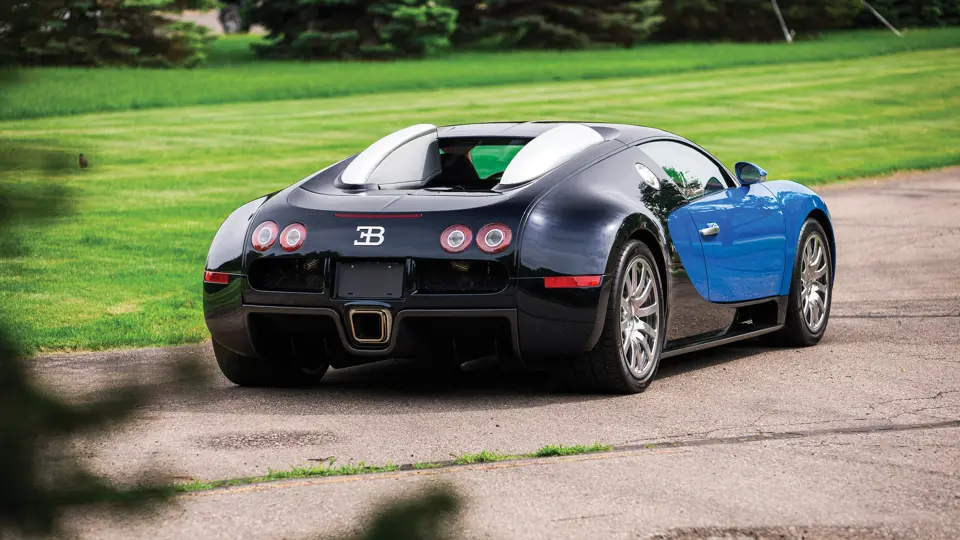

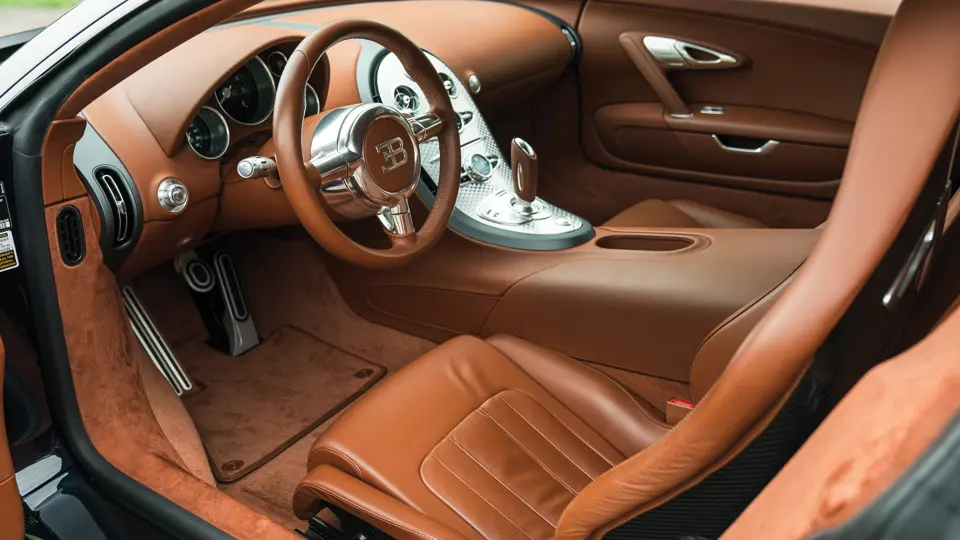


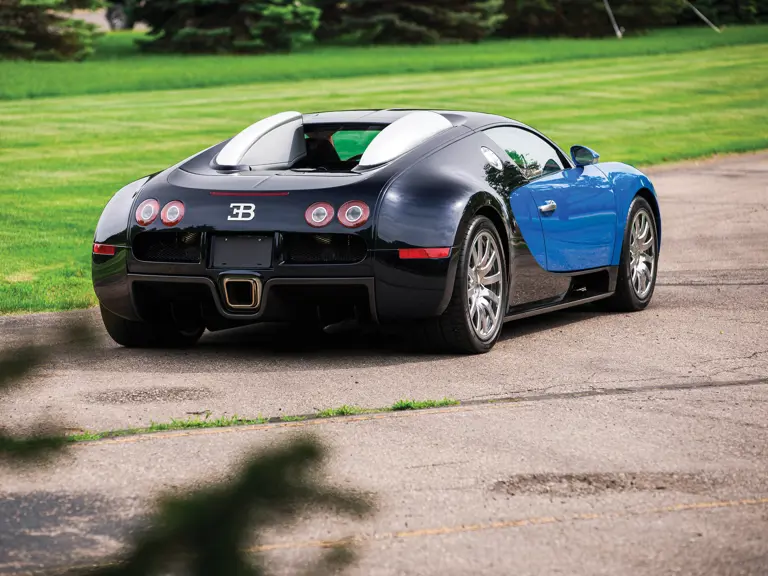



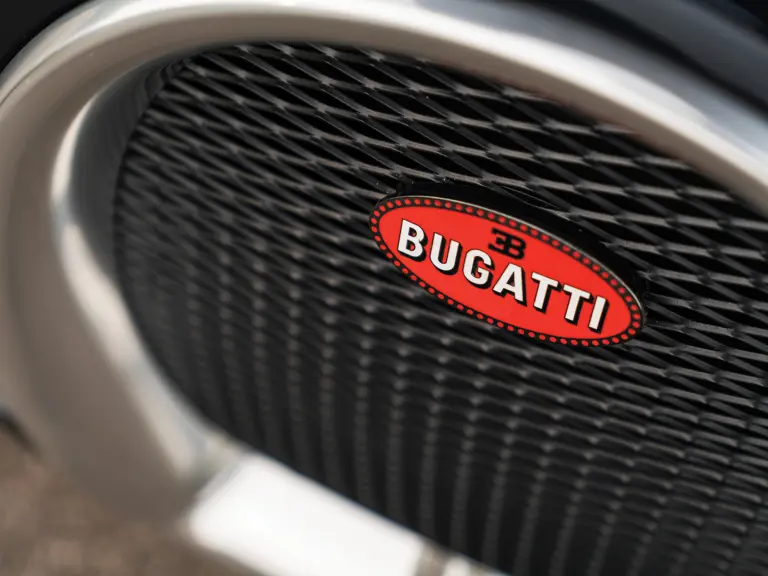
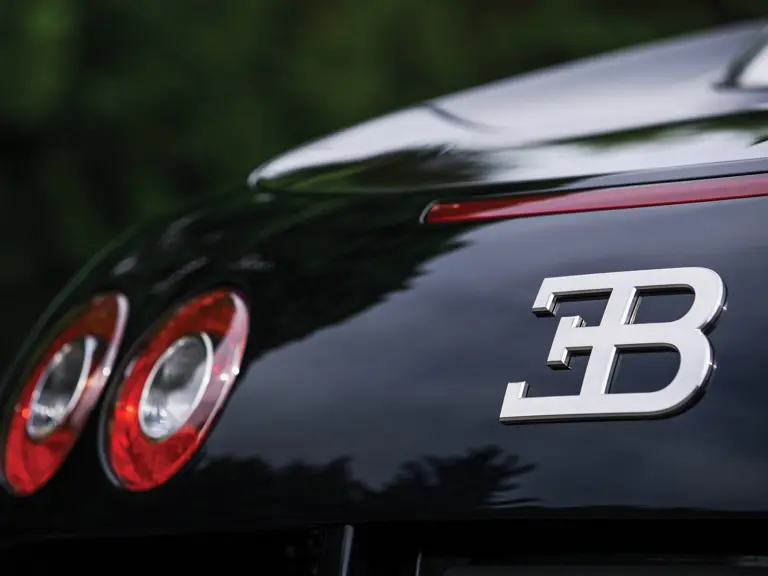

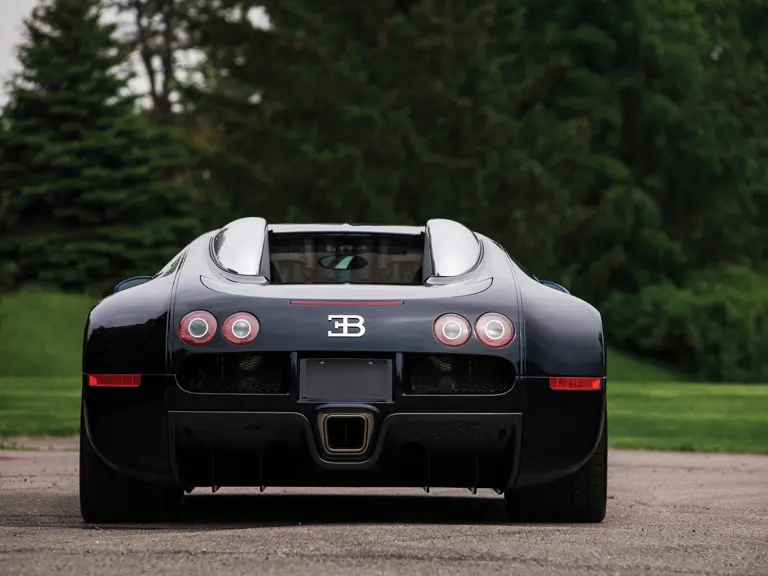
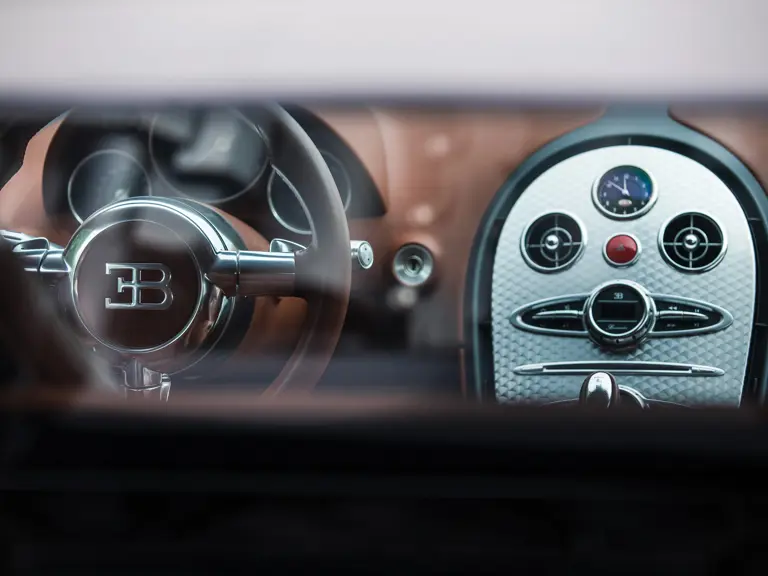

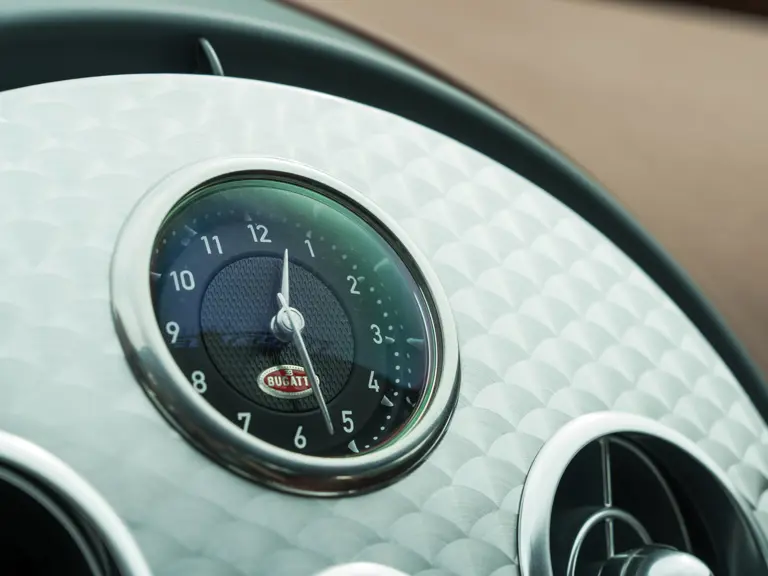

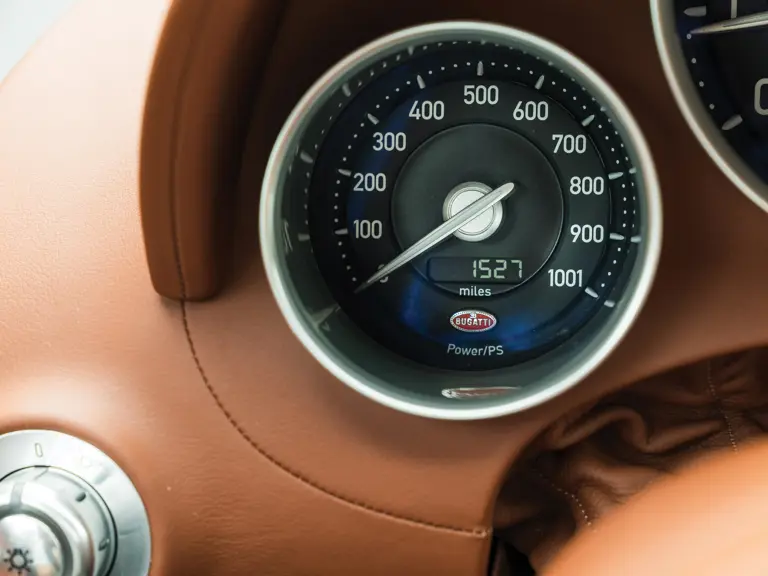

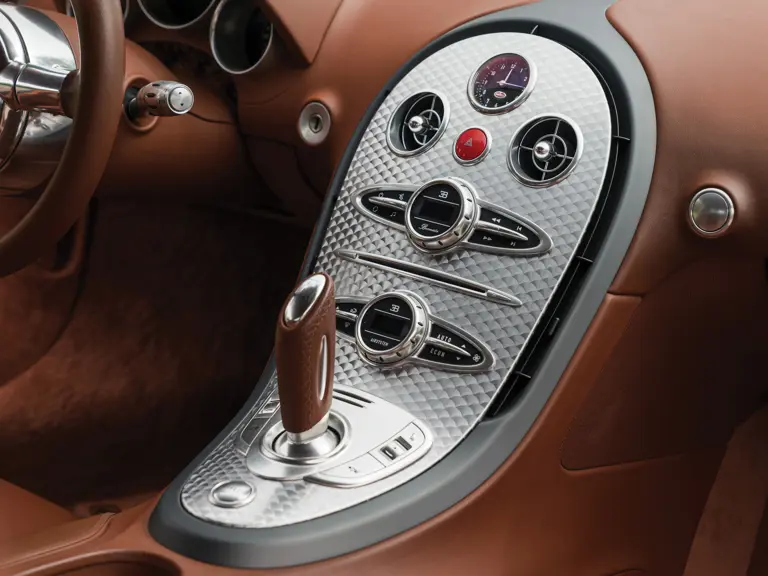
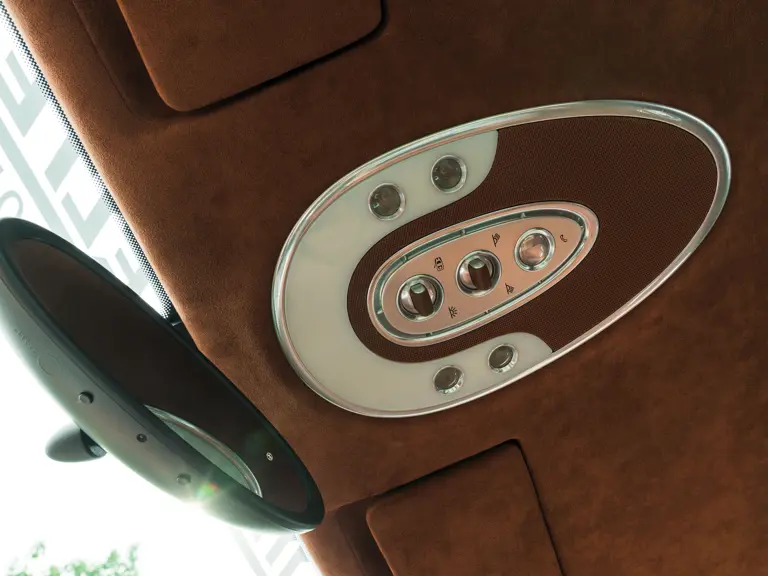
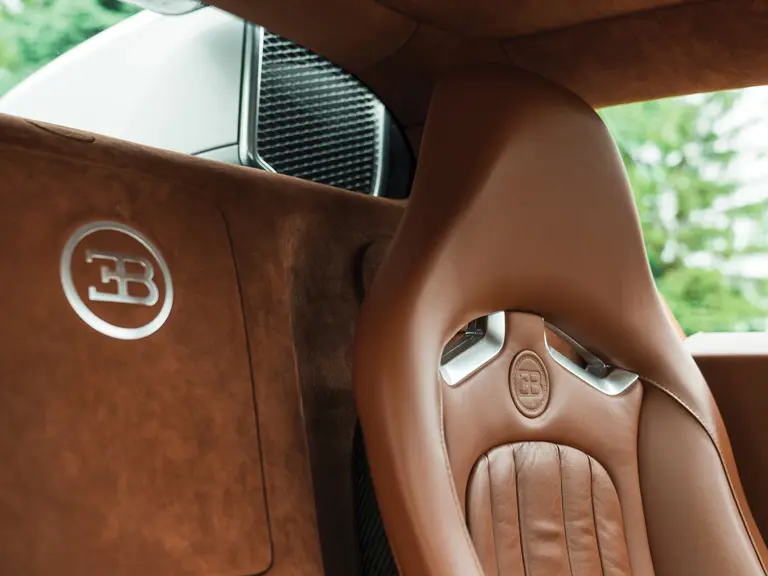
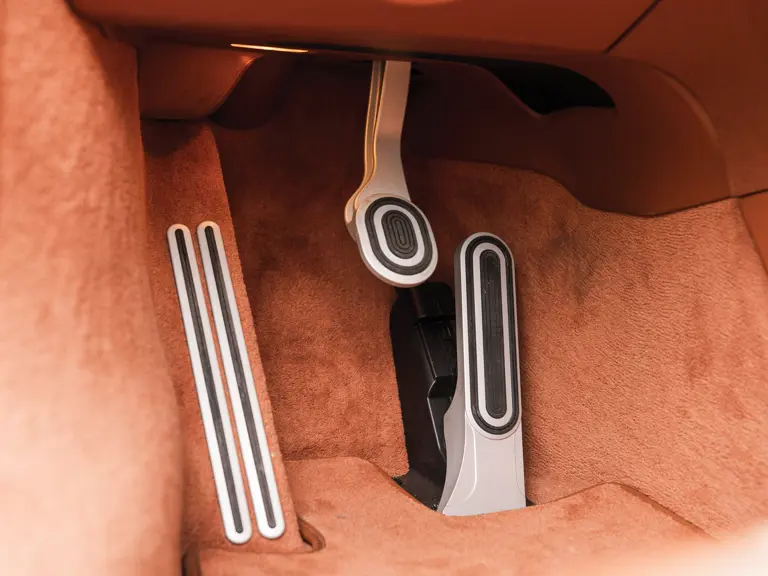
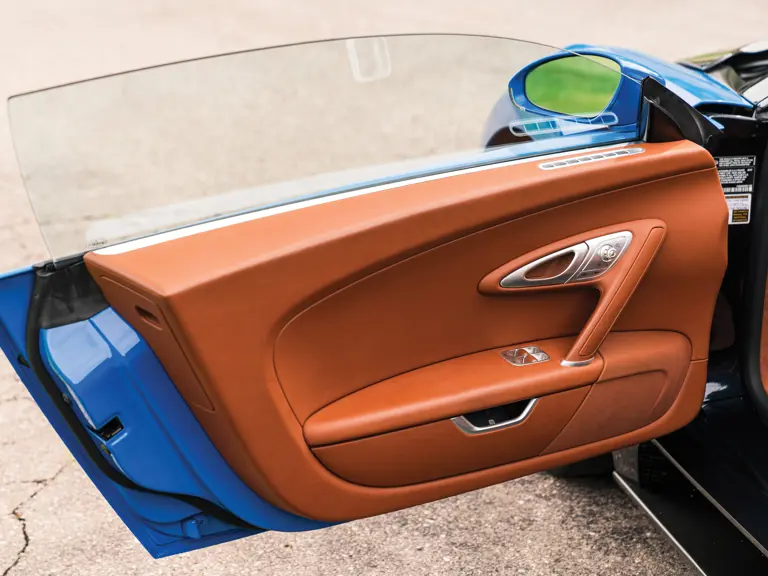
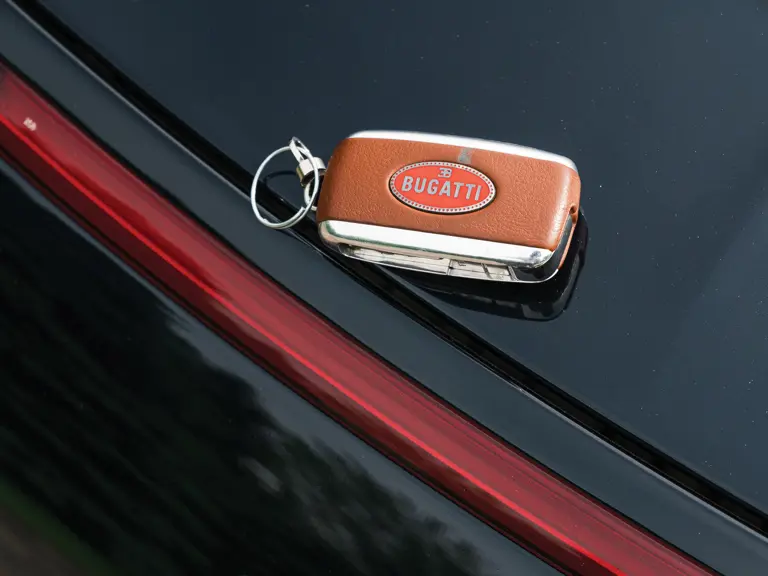

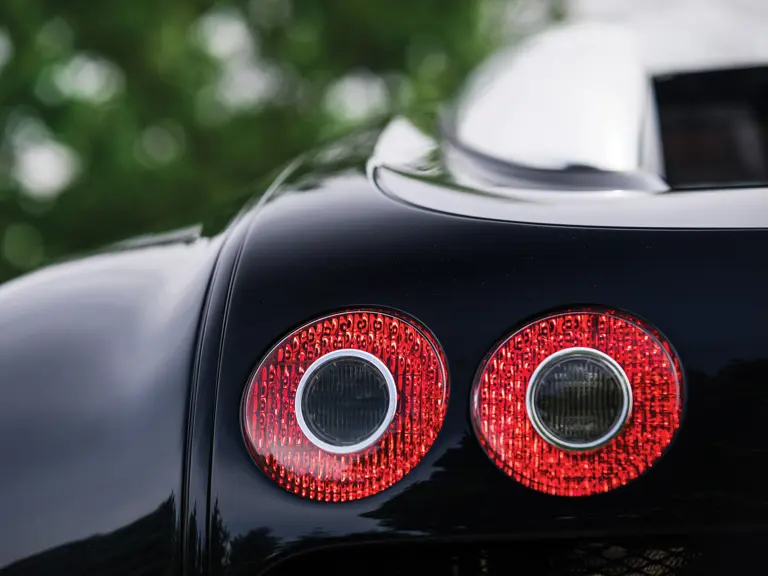

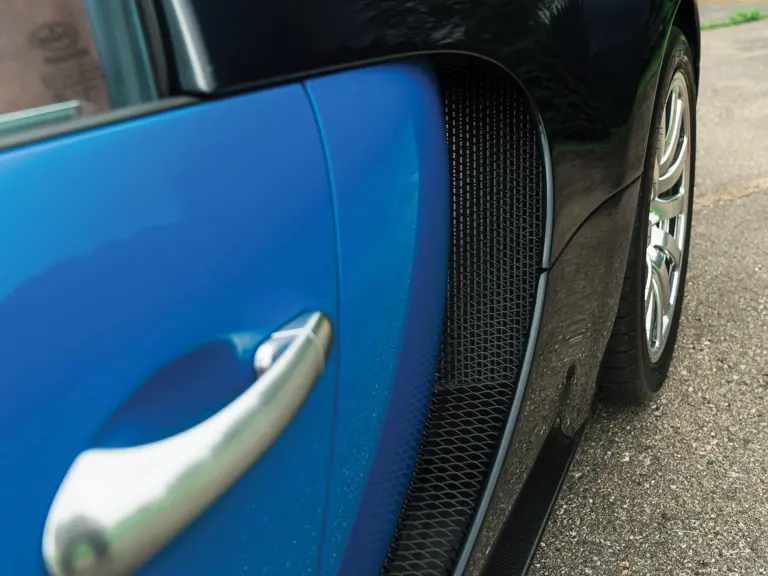
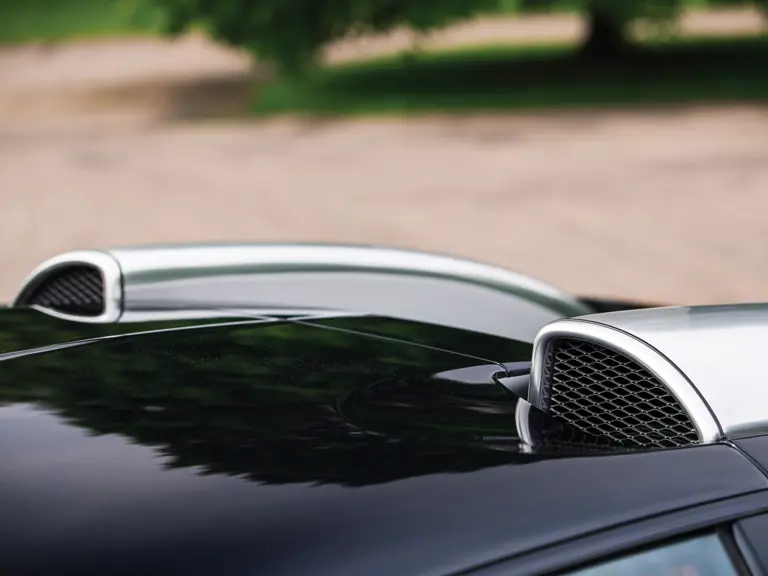

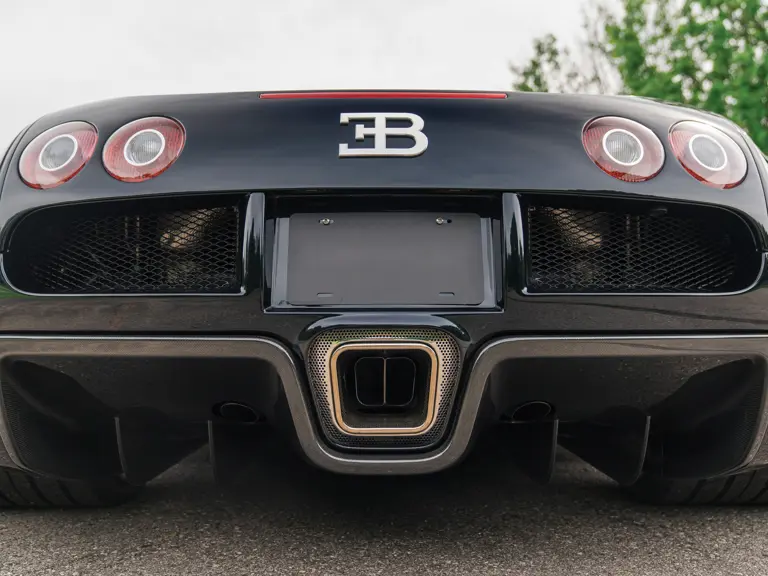
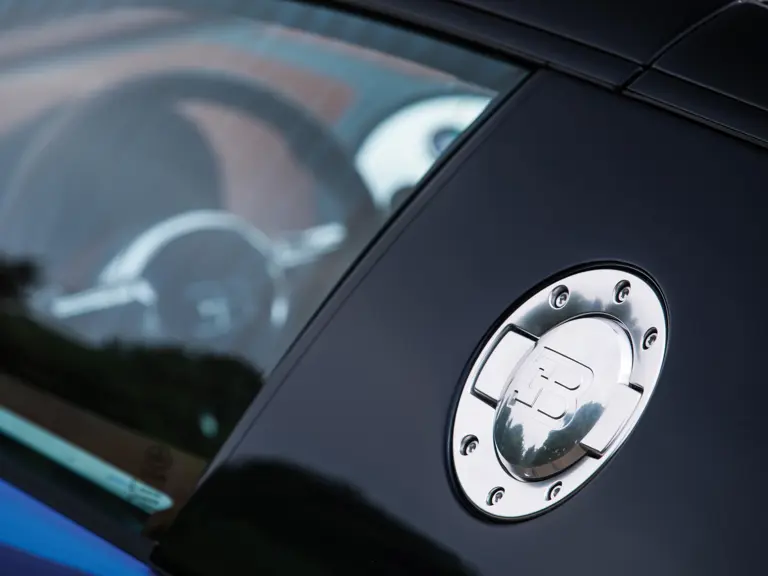

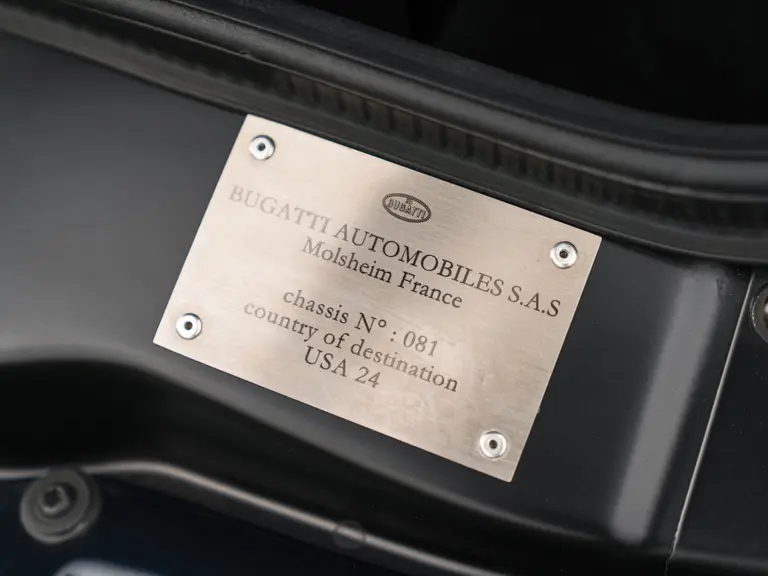



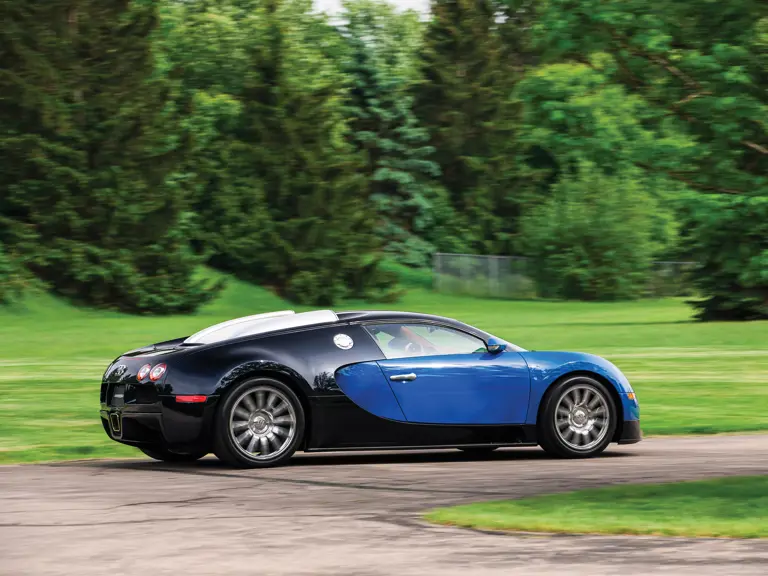
 | Monterey, California
| Monterey, California


